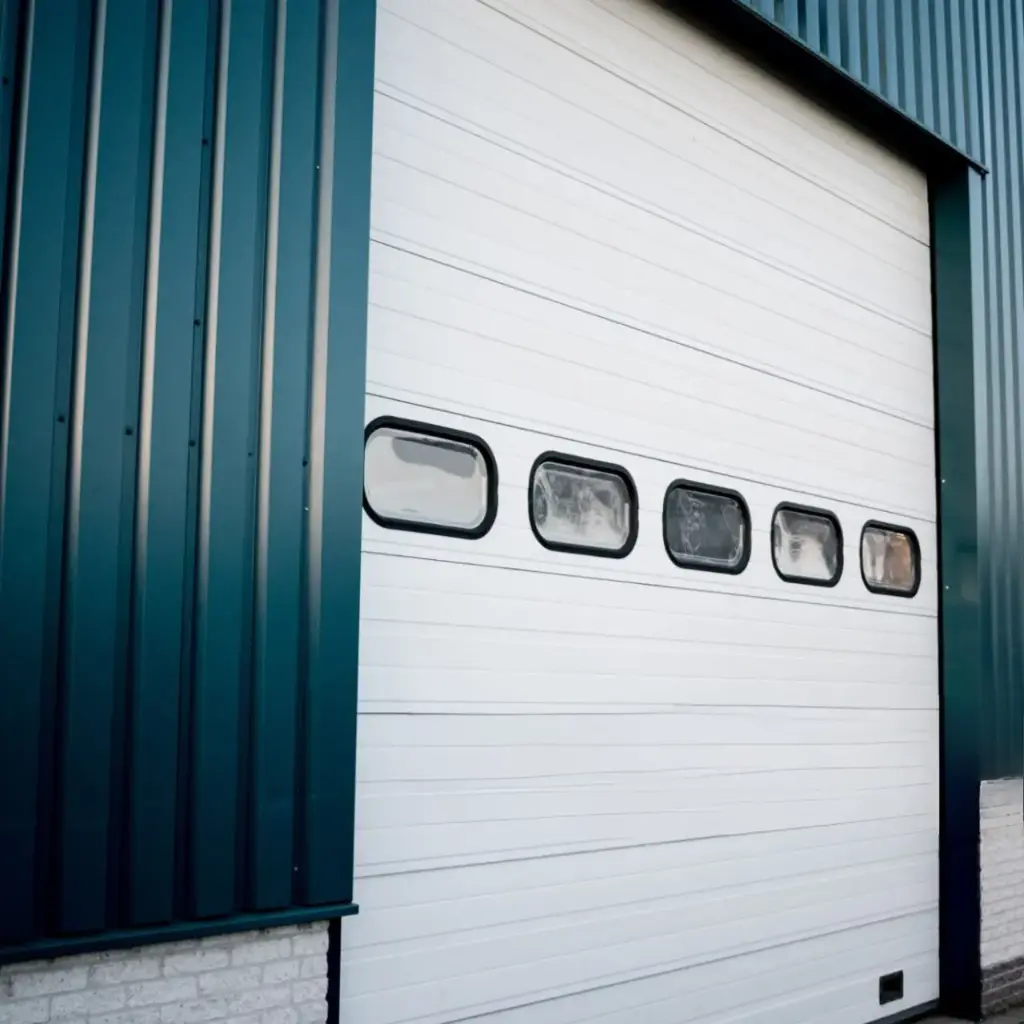Thermally insulated sectional door
Industrial sectional doors are a vital component in the operations of warehouses, manufacturing facilities, and distribution centers. These doors are designed to provide efficient access while ensuring security and insulation. In this article, we will explore the features, benefits, and applications of industrial sectional doors, helping you make an informed decision for your business needs.
What Are Industrial Sectional Doors?
Industrial sectional doors are made up of several horizontal panels that are hinged together. These panels move vertically along tracks, allowing the door to open and close smoothly. Unlike traditional swing doors, sectional doors do not require additional space to swing open, making them ideal for areas with limited space.
Key Features of Industrial Sectional Doors
1. Space Efficiency :One of the primary advantages of sectional doors is their space-saving design. Since they open vertically, they do not require additional clearance for swinging, making them ideal for tight spaces.
2. Enhanced Security :Industrial sectional doors provide a robust barrier against unauthorized access. Their sturdy construction and locking mechanisms help protect your facility and its contents.
3. Improved Workflow: With fast opening and closing speeds, sectional doors facilitate smooth traffic flow in busy environments. This efficiency can lead to increased productivity and reduced wait times for vehicles and personnel.
4. Versatility :These doors are suitable for a variety of applications, including loading docks, warehouses, and manufacturing plants. Their versatility makes them a popular choice across different industries.
5. Low Maintenance :Industrial sectional doors are designed for longevity and require minimal maintenance. Regular inspections and basic upkeep can ensure they remain in optimal working condition for years.
Applications of Industrial Sectional Doors
Industrial sectional doors are used in various sectors, including:
- Warehousing: For loading and unloading goods efficiently.
- Manufacturing: To provide access to production areas while maintaining temperature control.
- Distribution Centers: For quick access to shipping and receiving areas.
- Automotive: In service bays and repair shops for easy vehicle access.
